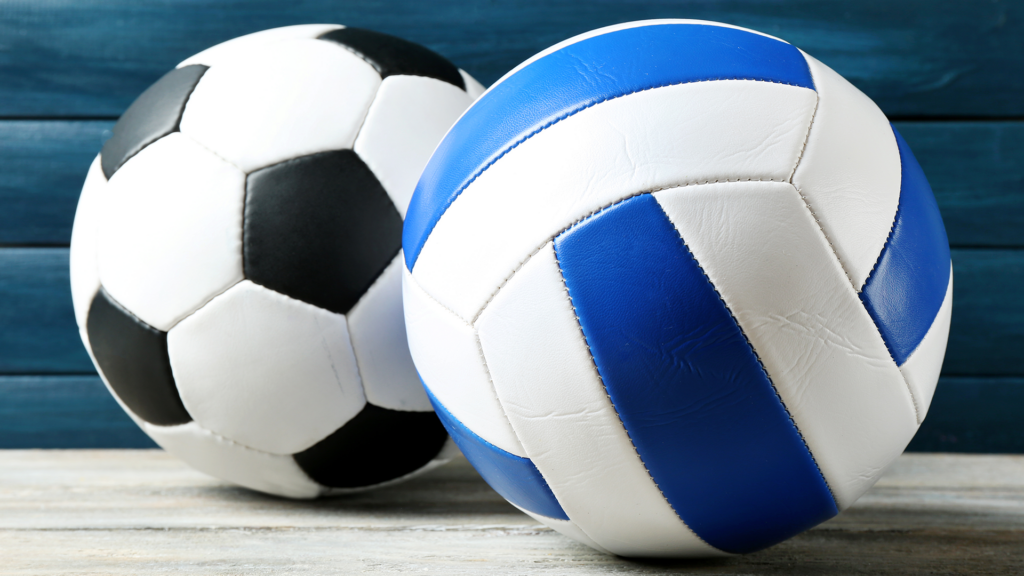


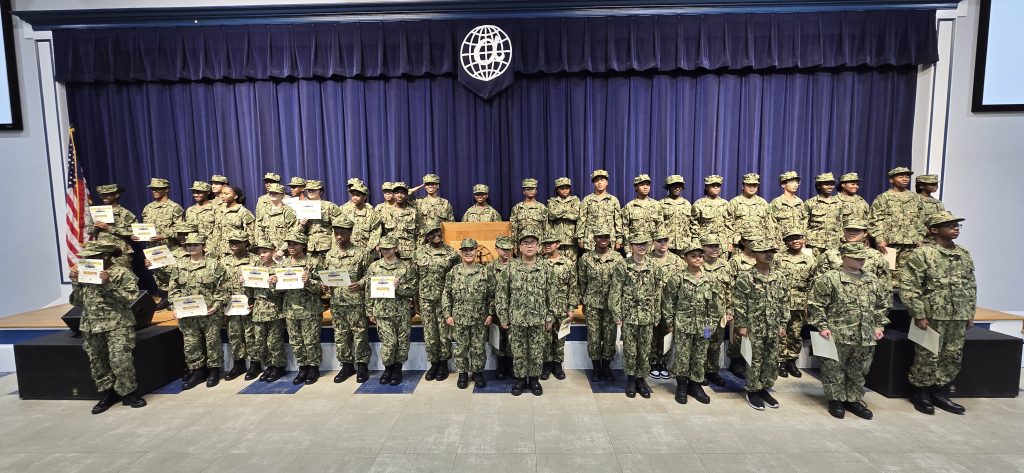
Alpha Academy proudly presents the video of the 2024 U.S. Naval Sea Cadet Recruitment Ceremony, a distinguished event that recently celebrated the induction of the next generation of young leaders committed to discipline, service, and personal growth. This inspiring ceremony officially welcomed new cadets into the prestigious U.S. Naval Sea Cadet Corps, recognizing their dedication to leadership development, teamwork, and a spirit of excellence. Families, friends, and community members gathered to honor these outstanding youth as they embarked on their journey of character-building and civic responsibility. Relive the powerful moments and join us in celebrating the values of honor, courage, and commitment that continue to inspire the leaders of tomorrow. Watch the full event video below!

We are excited to announce our fundraising campaign for St. Jude Children’s Research Hospital, a world-class organization dedicated to providing free care for children battling cancer and other life-threatening diseases. This initiative is a chance for us to unite as a community and make a profound impact while teaching our students the importance of compassion and giving back. Together, let’s make this campaign a success!
Purpose of the Fundraiser
The purpose of this fundraiser is to rally the Alpha Academy family to support St. Jude. The hospital provides vital care and resources to families in need, completely free of charge. Your participation will help ensure that no family ever receives a bill for treatment, travel, housing, or food.
How It Works
Login Instructions
Pro Tip: Campaigns with a personal photo are more successful. Upload a headshot to increase engagement and donations!
Support & Resources
Why Participate?
This is more than a fundraiser; it’s a chance to make a difference in the lives of children and their families. Together, we can support groundbreaking treatments and research while fostering a culture of giving among our students.
Let’s go ALL IN to make this campaign a success! Your participation and generosity are invaluable to Alpha Academy’s mission to create compassionate, engaged citizens.
Questions? Feel free to contact our team or the support line for more details. Thank you for your support!

Get ready for an enchanting evening at Alpha Academy’s Winter Wonderland Presentation on Tuesday, December 12th at 6 PM! Our theme, “Walking in a Winter Wonderland,” invites students and teachers to showcase their creativity and academic excellence through performances, projects, and artistic displays.
Part I: Creative Performances
Students will present skits, poetry, songs, and other performances that reflect their interpretation of a Winter Wonderland while incorporating subjects like science, math, and the arts. Every student will shine, supported by festive artwork, decorations, and music.
Part II: Art & Entrepreneurship Showcase
High school students will sell handmade gifts as a fundraiser, while elementary and middle school students will create thoughtful gifts for parents, showcasing their ingenuity and creativity.
Part III: Friendly Competitions
Classes will compete in four groups, judged on creativity, innovation, and collaborative effort.
Mark your calendars for a night of inspiration, artistry, and joy!

A Musical Tribute for Veterans Day: A Special Visit from the 82nd Airborne Division Band
On Wednesday, November 6th, Alpha Academy had the privilege of welcoming the renowned 82nd Airborne Division Band to perform for our students in celebration of Veterans Day. The event featured two incredible groups: the Woodwind Ensemble and the Brass Quintet, led by Executive Officer 2nd Lieutenant Michael Turner.
Our students, from the youngest to the oldest, were captivated by the performances, enjoying every note and moment. It was a profound honor to host these talented musicians who brought the spirit of service and artistry to our campus.
Woodwind Ensemble:
Brass Quintet:
We extend our heartfelt gratitude to the 82nd Airborne Division Band for making this Veterans Day truly memorable for our students and staff. Their performance was not only a celebration of music but also a powerful reminder of the dedication and service of our nation’s heroes.
Click Here to View Video
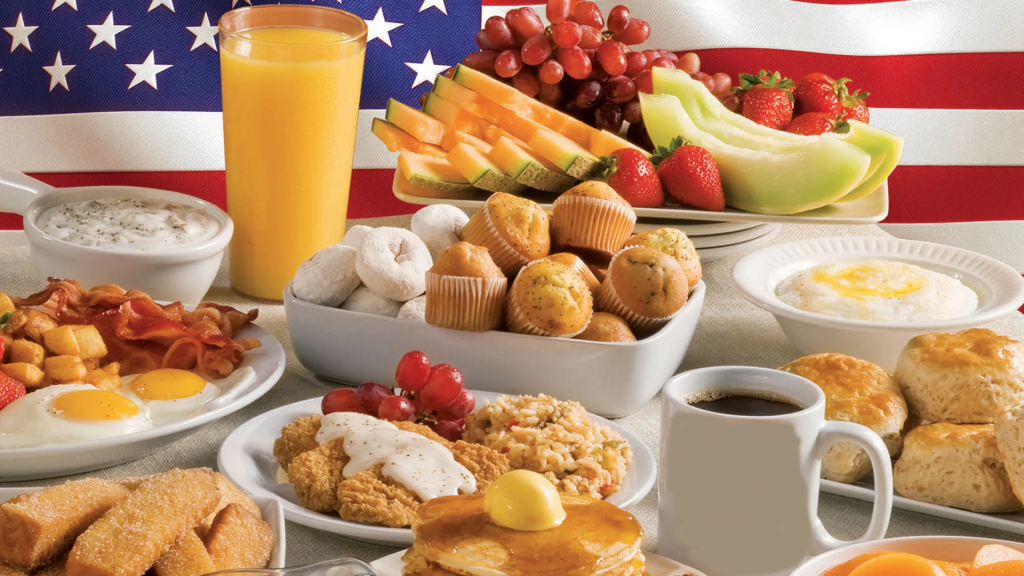

Join us for the Alpha Academy Athletic Department’s Fall Bazaar on Saturday, November 9, 2024, from 10 AM to 6 PM at 8030 Raeford Rd., Fayetteville, NC 28304.
This family-friendly event offers a fantastic opportunity to enjoy the festive fall season with local vendors, unique crafts, delicious food, and exciting activities for all ages.
Vendor spaces are available starting from $25, making this a perfect chance for small businesses and artisans to showcase their products to the community.
Doors open at 10 AM—come early to experience all the Fall Bazaar has to offer!
Scan the QR code on the flyer to reserve your space today, and don’t miss out on a day filled with fun, food, and festivities in support of our athletic department.
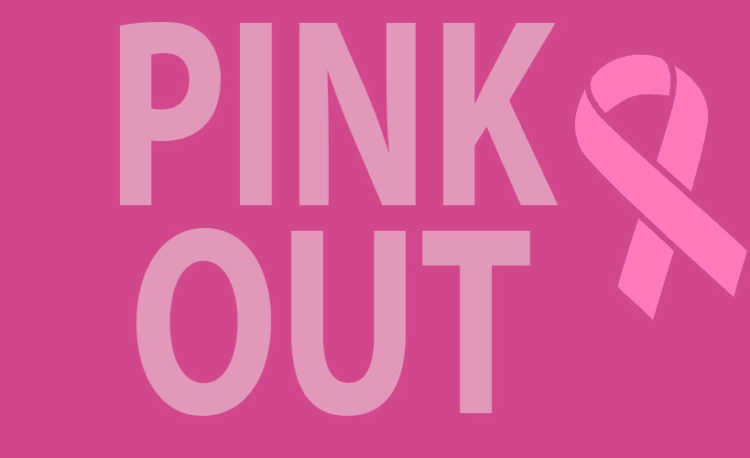
Attention Alpha Academy Community:
We are joining in the fight against Breast Cancer. We have deemed Friday, October 18, 2024 as “Pink Out Friday.”
Students can wear pink shirts with their uniform bottoms.
Shirts must NOT contain any graphics that go against school policy.
Nudity, violence, profanity, gang related symbols, alcohol, drugs, cigarettes or etc.
If you have any questions please contact your grade level administrator.
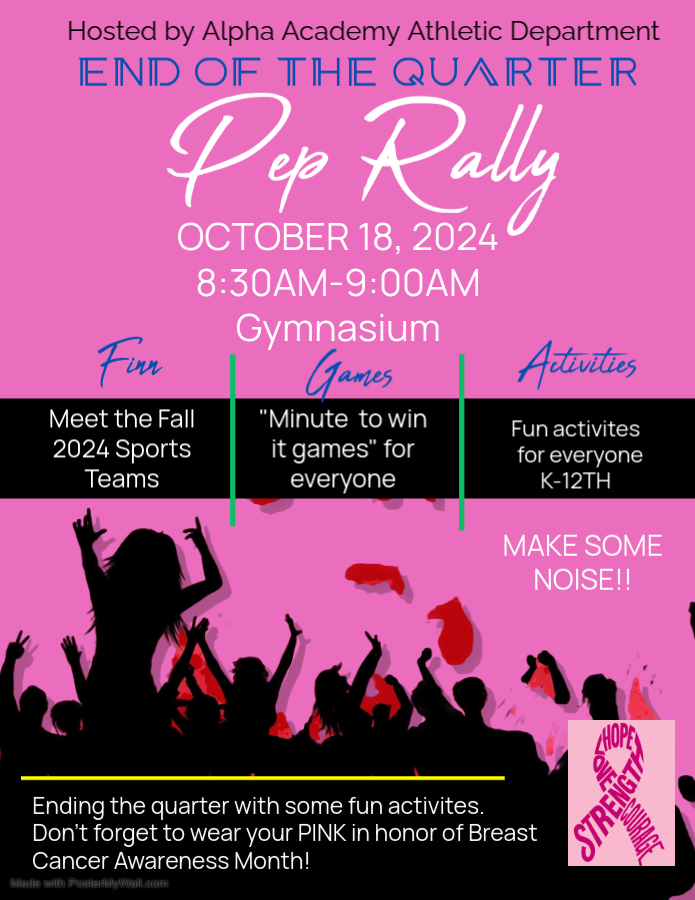
End of the Quarter Pep Rally hosted by the Alpha Academy Athletic Department.
Attention Alpha Academy Community:
We are joining in the fight against Breast Cancer. We have deemed Friday, October 18, 2024 as “Pink Out Friday.” Students can wear pink shirts with their uniform bottoms. Shirts must NOT contain any graphics that go against school policy. Nudity, violence, profanity, gang related symbols, alcohol, drugs, cigarettes, religious or etc. If you have any questions please contact your grade level administrator.
